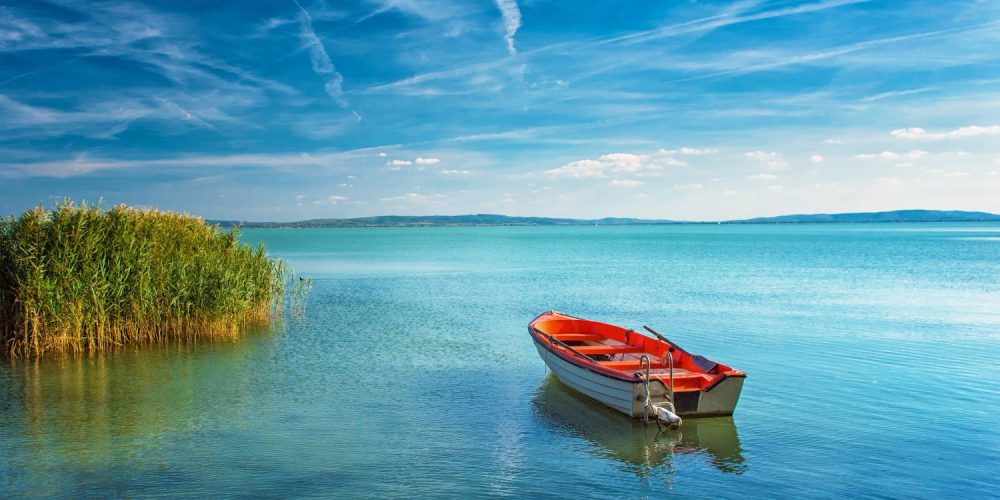
Hungary is a landlocked country in Central Europe with a rich and diverse heritage. It has a population of about 9.6 million people and covers an area of 93,028 square kilometers. Its capital and largest city is Budapest, which is also a cultural and economic hub. Hungary has a long and turbulent history, dating back to the 9th century when the Magyars, the ancestors of modern Hungarians, settled in the Carpathian Basin. Hungary was part of the Roman Empire, the Ottoman Empire, the Austro-Hungarian Empire, and the Soviet bloc at different times in its history. It became an independent republic in 1989 after the fall of communism and joined NATO in 1999 and the European Union in 2004.
Hungary is known for its achievements in various fields, such as science, art, music, literature, sports, and cuisine. It has produced 13 Nobel laureates, including Albert Szent-Györgyi, who discovered vitamin C, John von Neumann, who contributed to the development of computer science and game theory, and Imre Kertész, who won the Nobel Prize in Literature for his novels about the Holocaust. Hungary is also famous for its inventions, such as the Rubik’s cube, the ballpoint pen, the electric motor, and the hologram. Hungary has a rich musical tradition, ranging from folk music to classical composers like Franz Liszt and Béla Bartók to modern genres like rock, pop, and electronic music. Hungary hosts several cultural festivals, such as the Sziget Festival, the largest music festival in Europe, and the Budapest Spring Festival, which attracts artists from all over the world.
Hungary is also a popular tourist destination, attracting millions of visitors every year. It has a diverse landscape, featuring plains, hills, mountains, lakes, rivers, and caves. It has many natural and cultural attractions, such as the Danube River, which flows through Budapest and divides it into two parts: Buda and Pest; the Lake Balaton, the largest lake in Central Europe; the Hortobágy National Park, which is home to many rare animals and plants; and the Tokaj wine region, which produces some of the finest wines in the world. Hungary also has a rich architectural heritage, reflecting its various influences over time. It has many castles, palaces, churches, synagogues, mosques, and monuments that showcase different styles and periods. Some of the most notable examples are the Parliament Building, which is one of the largest and most ornate buildings in Europe; the Buda Castle, which is a UNESCO World Heritage Site; the Matthias Church, which is a Gothic masterpiece; and the Fisherman’s Bastion, which offers a panoramic view of Budapest.
Hungary is a country that has a lot to offer to anyone who wants to learn more about its history, culture, geography, and achievements. It is a country that has overcome many challenges and hardships in its past and has emerged as a proud and prosperous nation in the present. It is a country that has preserved its unique identity and language while embracing diversity and openness. It is a country that is worth exploring and discovering.
Leave a Reply